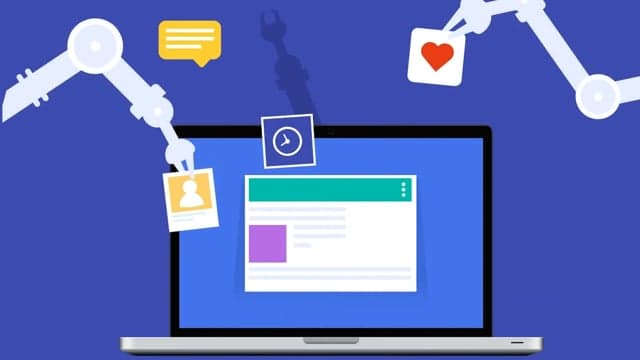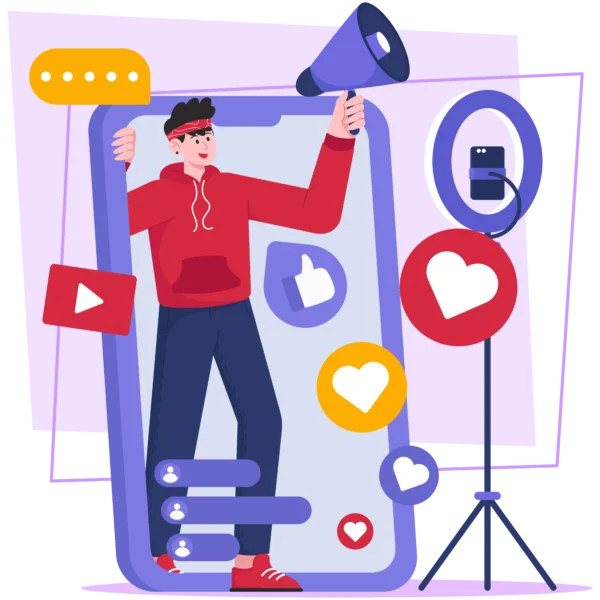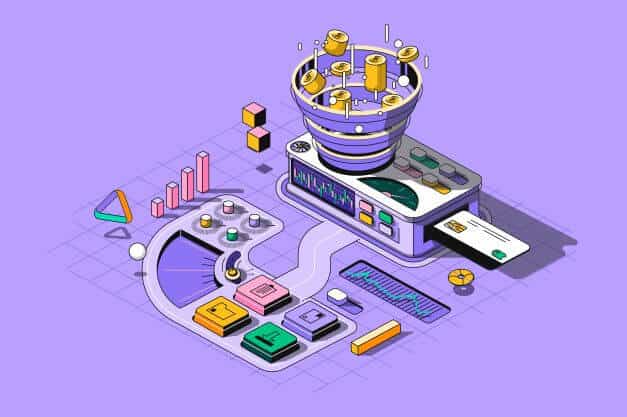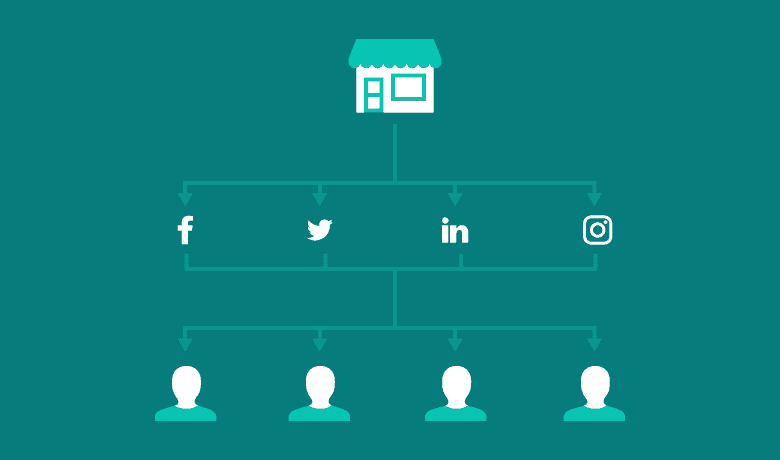Introduction: The Role of Social Media Automation Tools in Business
As the digital age continues to evolve, so too does the role of social media in businesses. Social media automation tools are now seen as integral components in successful marketing strategies. They’ve become indispensable in managing multiple social media accounts, scheduling posts ahead of time, and tracking performance metrics, allowing businesses to maintain a consistent online presence without the need for constant, manual updates.
Here’s a quick snapshot of what these tools can do:
- Automated posting across multiple platforms
- Advanced scheduling capabilities
- Analytics tracking and reporting
- Social listening and engagement features
- Content curation and creation tools
It’s undeniable that these tools have revolutionized the way businesses approach social media. But as with anything, there are two sides to the coin.
Understanding Social Media Automation Tools
Social media automation tools are software solutions designed to automate or streamline your social media marketing tasks. They eliminate manual effort by managing and scheduling posts, analyzing social media engagement, and even responding to comments or messages on your behalf. Examples of these tools include Buffer, Hootsuite, and Sprout Social.
Functionality of these tools include:
- Content scheduling and posting
- Monitoring and responding to social interactions
- Performance analytics
- Integration with multiple social media platforms
By understanding how these tools work, businesses can maximize their benefits and navigate potential drawbacks.
The Pros: Enhancing Efficiency and Reach with Social Media Automation
The primary advantage of social media automation lies in its efficiency. It allows businesses to manage multiple social media platforms from one dashboard, schedule posts in advance, and analyze performance metrics without having to manually do so. This increased efficiency leads to a wider reach as well, as businesses can consistently post across different platforms and time zones.
Notable benefits include:
- Time and effort savings
- Consistent posting schedule
- Enhanced audience reach
- Data-driven decision-making

Numerous businesses have reaped the benefits of social media automation. Take, for example, the global fashion brand Zara. They have effectively utilized automation tools to manage their social media presence across multiple platforms, resulting in increased brand visibility and customer engagement.
Another instance is Netflix, who uses automation to track their social media performance, gaining insights that help them create more engaging content.
The Cons: Potential Downsides of Social Media Automation
While automation tools bring numerous advantages, they also have their drawbacks. Over-reliance on automation can lead to a lack of personal touch, as automated responses may not always accurately address customer concerns. There’s also the potential for errors, such as posting inappropriate content or failing to respond to critical issues in real time.
Possible downsides include:
Loss of personal touch
Potential for errors
Over-reliance on automation
Expert Opinions: The Balance between Automation and Human Touch in Social Media
Industry experts recommend a balanced approach to social media management. While automation can streamline processes, the human touch is crucial in building genuine relationships with customers. As Jay Baer, a renowned marketing consultant, puts it, “Use automation as a tool, not as a crutch.”
Choosing the Right Social Media Automation Tools for Your Business
Choosing the right automation tool can greatly impact your social media strategy. Consider factors such as your budget, the size and needs of your business, the platforms you use, and the features you require.
Conclusion: The Future of Social Media Automation
While they’re not without their drawbacks, social media automation tools will undoubtedly continue to shape the landscape of digital marketing. They help businesses reach a larger audience, provide valuable insights through analytics, and save time and resources. In the future, we can expect these tools to become even more integrated and intelligent.
Looking forward, the potential advancements in automation technology are limitless. From artificial intelligence to machine learning, these advancements could enable automation tools to learn from past interactions, predict user behavior, and deliver even more personalized content. This could revolutionize the way businesses interact with their audience on social media, providing a more tailored and engaging experience.










